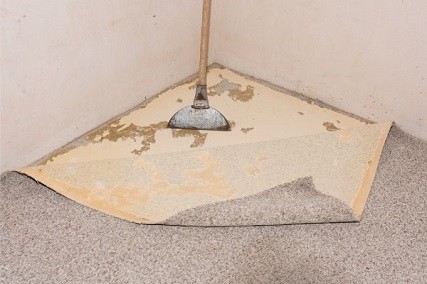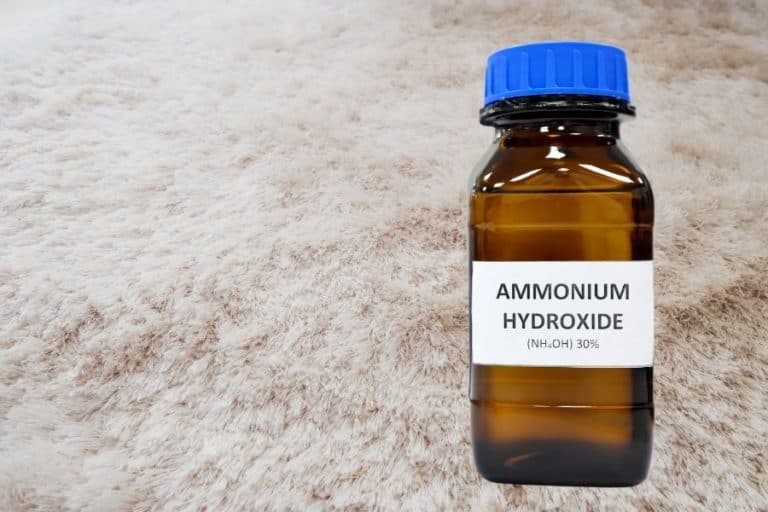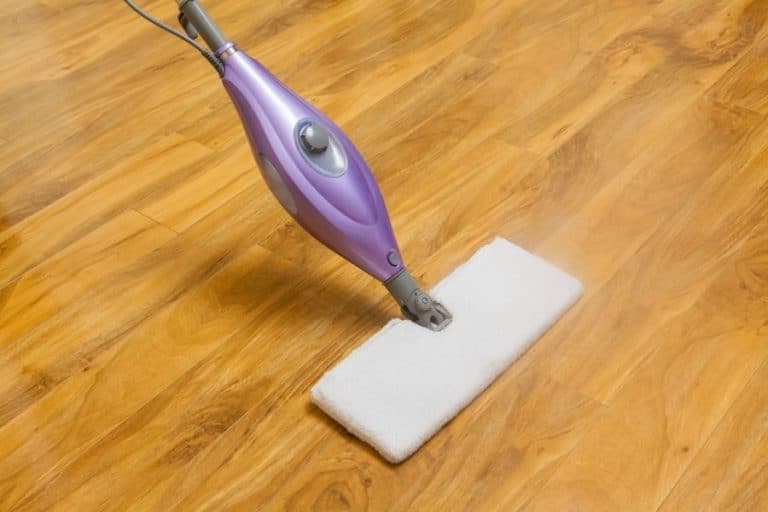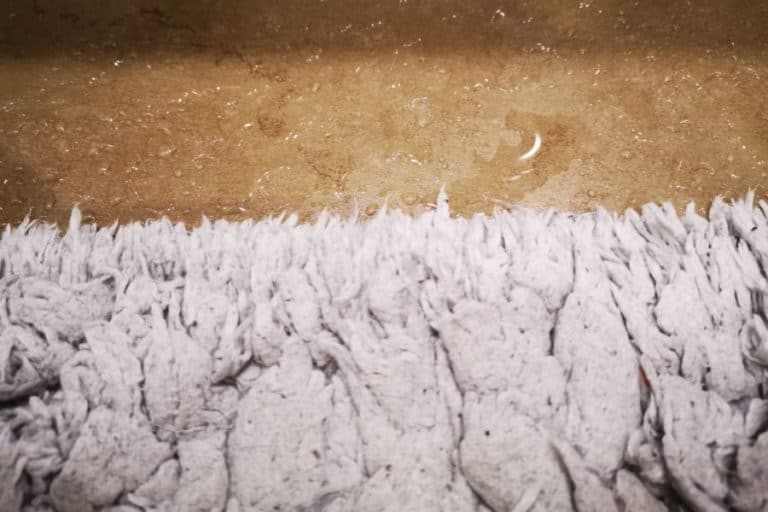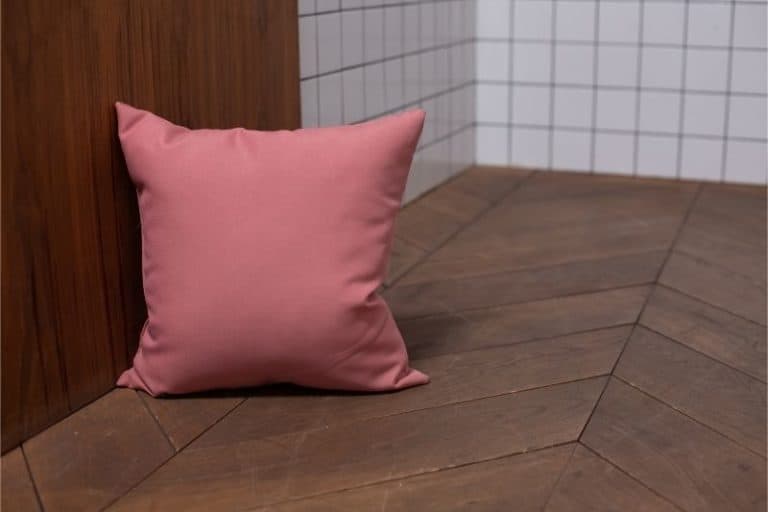Whether inside or outside – limestone adorns walls and floors with its great look. Whether uniformly light limestone tiles or gray limestone slabs with a bluish shimmer – limestone proves how diverse its effect is. Like any natural stone, limestone is a floor covering that can get “stone old”, is uncomplicated, and easy to care for.
Nevertheless, it is inevitable that the tiles also need a little care. But what do you do about stubborn stains on the limestone? We give you cleaning tips on how to clean limestone at home, in the bathroom, or on the patio, spotlessly!
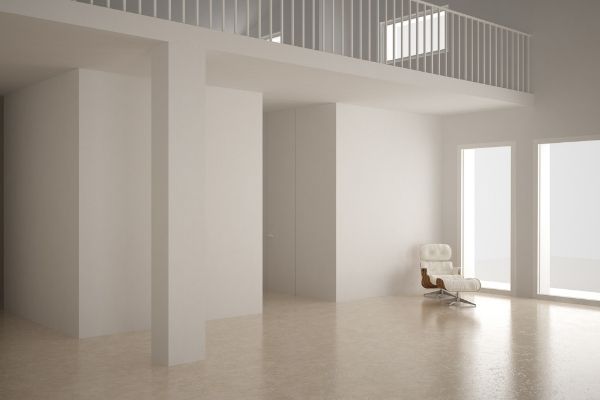
This page contains affiliate links, and as an Amazon Associate we earn from qualifying purchases which means we receive a small commission when you make a purchase, at zero cost to you.
How to Clean Limestone
Basically, limestone can be cleaned just like other floors and does not require any extra care. Outside, the panels are simply swept away or washed away with a water hose. Sweep, vacuum, or mop, and the floor inside is clean again.
But which cleaner is best for wiping limestone?
For the sake of simplicity, some people use the chemical club to remove stubborn dirt faster – better not! With limestone, make sure that you do not use acidic cleaning agents. Since limestone is a sedimentary rock made up of calcium carbonate and minerals, it reacts to acids.
Polished tiles can lose their beautiful surface gloss because if the acid is too strong, slight acid burns in the form of matt surfaces occur. It is better to use a mild soap cleaner or a cleaning agent suitable for natural stone, e.g. from Black Diamond Stoneworks. This is applied diluted with water and is suitable for regular maintenance. The basic cleaner can help with heavier soiling. This is basically all that is important for the care of limestone!
Good and Bad Cleaning Agents
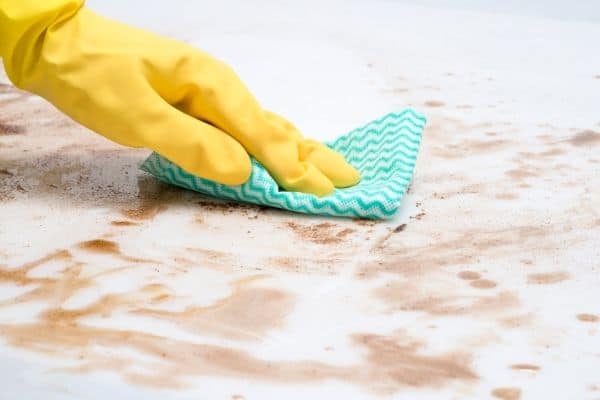
Good: Suitable for cleaning limestone
- Water, soap
- Neutral or alkaline cleaners (with a pH value of <12)
- Care products tailored to natural stone
Bad: Unsuitable for cleaning limestone
- Acid cleaners, e.g. vinegar cleaners
- Leaching, strongly degreasing cleaners
- Products that form layers or leave residues
Care Instructions and Protective Treatment for Limestone
Prevent stains with an impregnator

Maintain the floor with an impregnator and prevent stains
In order that stubborn stains do not appear in the first place, it is advisable to impregnate the floor. Additional advantage: If the impregnator (e.g. 511 Impregnator Sealer) is applied to the limestone before grouting, excess grout residues on the limestone surface can be removed more easily.
The impregnator should be applied according to the manufacturer’s instructions. Impregnator makes limestone significantly easier to care for and less sensitive to dirt. The effect is achieved without changing the surface and cleaning the limestone is then much easier.
A refreshing of the care through impregnation is recommended every 4-5 years. In heavily used areas, such as the kitchen or bathroom, possibly even earlier.
Shine preservation
Limestone is an eye-catcher in its natural and original way, but it can be refined with an appropriate surface treatment, e.g. polishing. In order to maintain the polish and shine, add a shine care product to the mopping water about once a month.
How to Clean Limestone in the Bathroom
Limestone in the bathroom is beautiful, but lime is extremely unpopular. Cleaning limescale stains, removing soap residue, combating urine scale, and so on is not your favorite subject? You are not alone in this! But who knows how to best clean dirt and stains in the bathroom will quickly get the natural stone bathroom shiny and clean again.
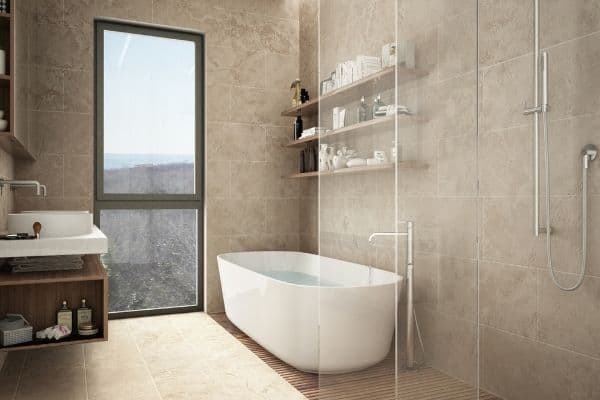
Limescale stains
The easiest way here is prevention! If you remove or dry drops of water on the shower wall and fittings immediately after showering, it will be easier to clean.
If limescale stains or limescale edges have already formed, you should not use a vinegar cleaning agent as is usually the case, because as already described, limestone should not be cleaned with acidic agents.
Better to choose a basic cleaner that is suitable for natural stone and a white nylon pad for application. Rough sponges can leave slight scratches on the limestone surface.
Urine stains
Urine on limestone tiles can cause unsightly stains. In a similar way to the way urine scale forms in the toilet (namely, through a chemical reaction of urine with lime-containing water), discoloration also occurs when urine and limestone tiles react. Sitting down helps so that the stains do not appear in the first place!
How to Clean Limestone Patio and Steps
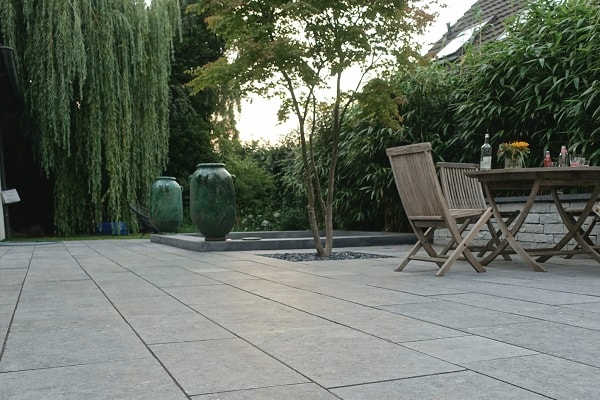
Many people claim that limestone is also insensitive on the patio. The best prerequisite for social garden parties and cozy evenings outdoor with the family. But especially if many people or animals use the patio, the patio may need to be cleaned a little more thoroughly afterward.
Do not allow grease stains, oily barbecue sauce, or plant residues to dry up, but quickly remove them with a cloth. The same applies here: Choose an acid-free cleaner to clean stains on the limestone.
The use of a high-pressure cleaner is not necessary and also not recommended, because if it is used with too little distance and too much pressure, it can roughen the surface structure of the limestone. The stone is clean at first, but new dirt can later accumulate more easily.
Note: All technical information in this article is non-binding and does not replace the knowledge of a professionally certified natural stone installer.

